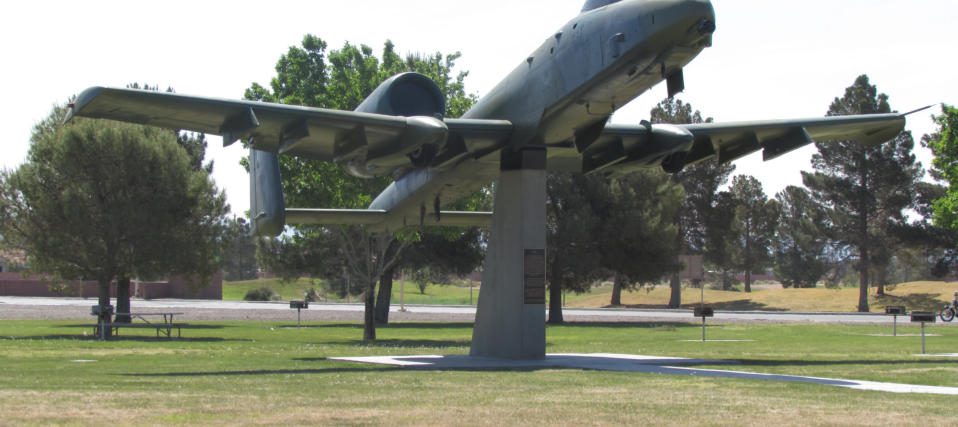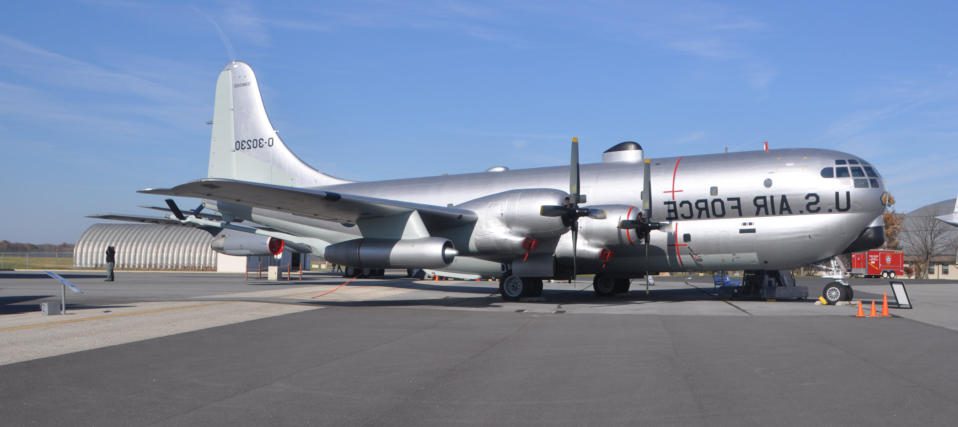Optional Subtitle

Cosmetic Surface Repairs
Corrosion Control Many aircraft structures are made of metal, and the most insidious form of damage to those structures is corrosion. From the moment the metal is manufactured, it must be protected from the deleterious effects of the environment that surrounds it. This protection can be the introduction of certain elements into the base metal, creating a corrosion resistant alloy, or the addition of a surface coating of a chemical conversion coating, metal or paint. While in use, additional moisture barriers, such as viscous lubricants and pro-tectantsmay be added to the surface
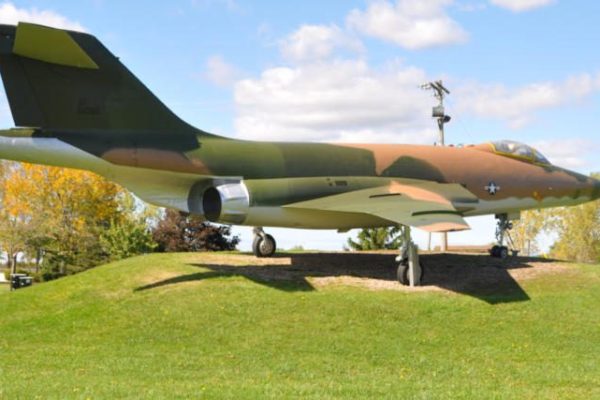

Feature #1
Paint is more than aesthetics; it affects the weight of the aircraft and protects the integrity of the airframe. The topcoat finish is applied to protect the exposed surfaces from corrosion and deterioration. Also, a properly painted aircraft is easier to clean and maintain because the exposed surfaces are more resistant to corrosion and dirt, and oil does not adhere as readily to the surface
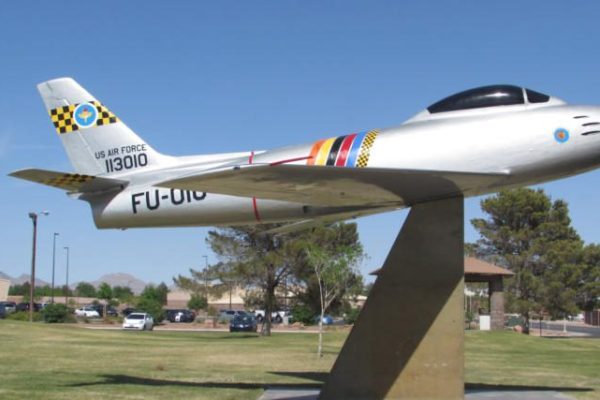

Feature #2
A wide variety of materials and finishes are used to protect and provide the desired appearance of the aircraft. The term “paint” is used in a general sense and includes primers, enamels, lacquers, and the various multipart finishing formulas. Paint has three components: resin as coating material, pigment for color, and solvents to reduce the mix to a workable viscosity
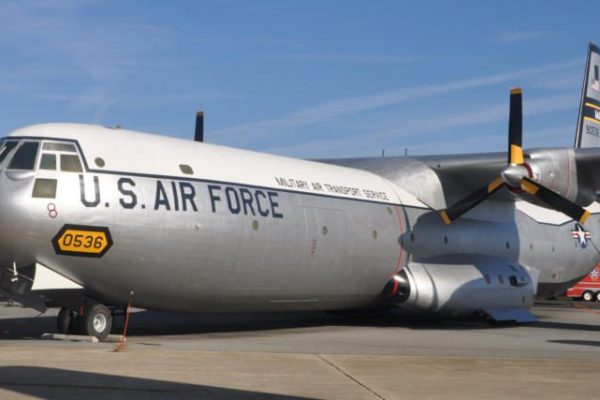

Feature #3
Internal structure and unexposed components are finished to protect them from corrosion and deterioration. All exposed surfaces and components are finished to provide protection and to present a pleasing appearance. Decorative finishing includes trim striping, the addition of company logos and emblems, and the application of decals, identification numbers, and letters.


